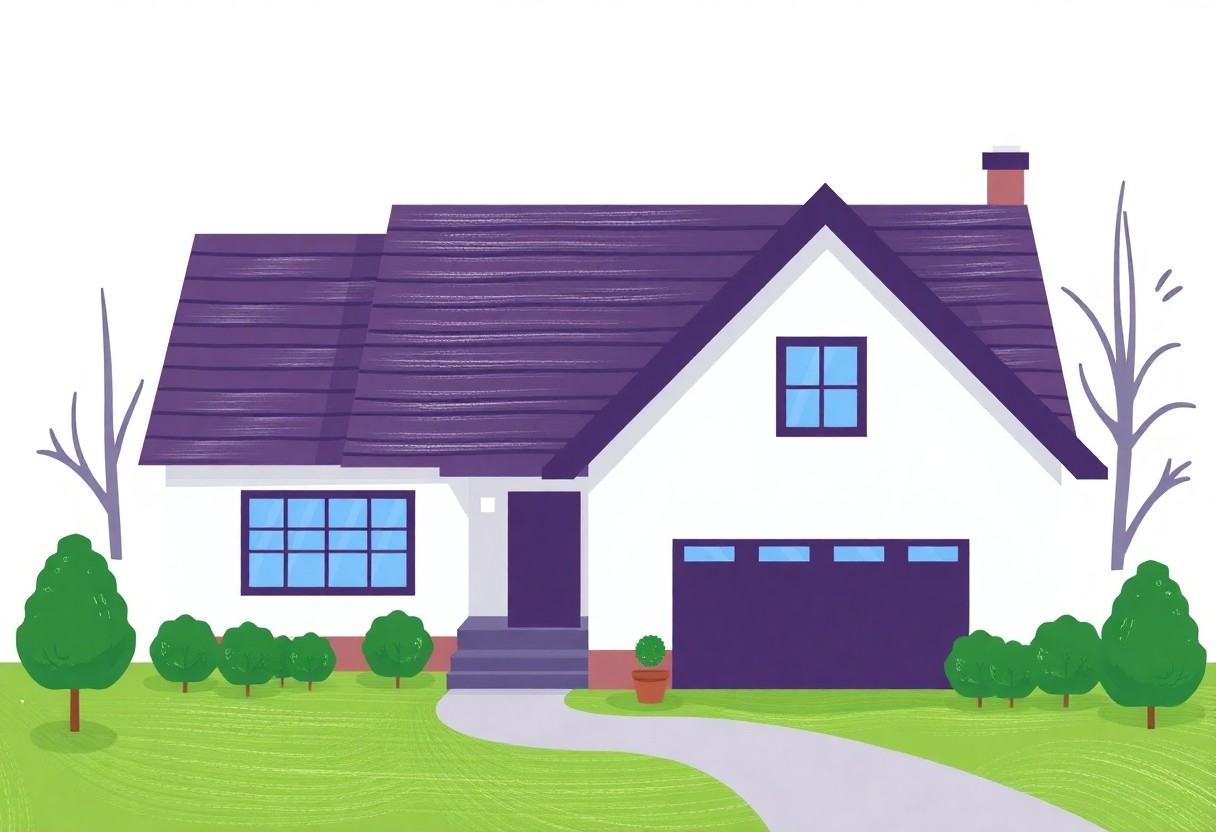Navigating the world of home loans and mortgages can be daunting, especially for investors who have different goals depending on their experience level and retirement plans. In this article, we’ll break down the main types of home loans and mortgages and discuss the pros and cons of each, tailored to new investors, experienced investors, those aiming for early retirement, and those near retirement.
Types of Home Loans and Mortgages
- Fixed-Rate Mortgages
- Adjustable-Rate Mortgages (ARMs)
- Interest-Only Mortgages
- FHA Loans
- VA Loans
- USDA Loans
- Jumbo Loans
1. Fixed-Rate Mortgages
Overview: A fixed-rate mortgage has an interest rate that remains constant throughout the life of the loan. Most common terms are 15, 20, or 30 years.
Pros:
- Predictable Payments: Fixed monthly payments make budgeting easier.
- Stable Interest Rate: Protection from market rate fluctuations.
Cons:
- Higher Initial Rates: Generally, fixed rates are higher than initial ARM rates.
- Less Flexibility: Early payoff may result in higher overall costs if you move or refinance.
Best For:
- New Investors: Provides stability and predictability as you begin building your portfolio.
- Experienced Investors: Ideal for long-term holdings or stable cash flow investments.
2. Adjustable-Rate Mortgages (ARMs)
Overview: ARMs have interest rates that adjust at intervals, usually after an initial fixed period (e.g., 5/1 ARM means a fixed rate for 5 years, then adjusts annually).
Pros:
- Lower Initial Rates: Typically offer lower rates for the initial period.
- Potential Savings: If interest rates remain low, you could save money over the life of the loan.
Cons:
- Rate Fluctuations: Payments can increase significantly after the initial fixed period.
- Complex Terms: Understanding adjustment schedules and caps can be challenging.
Best For:
- Experienced Investors: Good for those who can manage risk and potentially benefit from lower initial rates.
- Investors Aiming for Early Retirement: Can be advantageous if you plan to sell or refinance before the adjustment period.
3. Interest-Only Mortgages
Overview: During the initial years, you only pay the interest on the loan. After this period, you start paying both principal and interest.
Pros:
- Lower Initial Payments: Allows for lower monthly payments in the early years.
- Increased Cash Flow: More cash available for reinvestment.
Cons:
- Payment Shock: Payments increase significantly after the interest-only period.
- No Principal Reduction: The loan balance doesn’t decrease during the interest-only period.
Best For:
- New Investors: Useful for those with a strong investment strategy and the ability to manage future payment increases.
- Experienced Investors: Good for short-term investment strategies with clear exit plans.
4. FHA Loans
Overview: Federal Housing Administration (FHA) loans are government-backed loans designed for low-to-moderate-income borrowers.
Pros:
- Low Down Payment: Can be as low as 3.5%.
- Flexible Credit Requirements: Easier approval for those with lower credit scores.
Cons:
- Mortgage Insurance: Requires upfront and annual mortgage insurance premiums.
- Property Standards: The property must meet FHA standards, which can be restrictive.
Best For:
- New Investors: Helpful for those with limited capital or lower credit scores.
- Near Retirement: Less beneficial for those who are close to retirement due to insurance costs and long-term commitment.
5. VA Loans
Overview: VA loans are provided to veterans, active service members, and certain other individuals by the U.S. Department of Veterans Affairs.
Pros:
- No Down Payment: Allows for 100% financing.
- No Private Mortgage Insurance: No need for PMI.
Cons:
- Eligibility Requirements: Limited to qualifying military personnel.
- Funding Fee: A one-time fee that varies depending on service history and down payment.
Best For:
- Experienced Investors: Great for those with military service who want to leverage full financing options.
- Investors Seeking to Retire Early: Ideal for building a portfolio without immediate down payment pressures.
6. USDA Loans
Overview: USDA loans are designed for rural homebuyers with low-to-moderate incomes through the U.S. Department of Agriculture.
Pros:
- No Down Payment: Full financing available.
- Low Mortgage Insurance Costs: Generally lower than FHA insurance.
Cons:
- Geographic Restrictions: Only available for properties in eligible rural areas.
- Income Limits: Borrowers must meet income eligibility requirements.
Best For:
- New Investors: A good option if looking for properties in eligible rural areas.
- Experienced Investors: Useful for expanding your portfolio into rural regions.
7. Jumbo Loans
Overview: Jumbo loans are non-conforming loans that exceed the conforming loan limits set by Fannie Mae and Freddie Mac.
Pros:
- High Loan Amounts: Allows for financing high-value properties.
- Flexible Terms: Can have varied terms and conditions.
Cons:
- Stricter Requirements: Higher credit score and larger down payment are often required.
- Higher Interest Rates: Generally higher rates compared to conventional loans.
Best For:
- Experienced Investors: Suitable for purchasing high-value or luxury properties.
- Investors Near Retirement: Might be a consideration for those looking to invest in high-end properties as part of their retirement strategy.
Choosing the Right Option
For New Investors: Consider a fixed-rate mortgage for stability or an FHA loan if you have limited savings or lower credit.
For Experienced Investors: An ARM or interest-only mortgage might be advantageous for flexibility and cash flow, depending on your investment strategy.
For Investors Aiming for Early Retirement: Look into ARMs or interest-only mortgages if you have a solid plan for refinancing or selling within a few years.
For Investors Near Retirement: Choose fixed-rate mortgages or VA loans (if eligible) for stability and to minimize long-term risks and costs.
By understanding these different types of home loans and mortgages, you can make more informed decisions that align with your investment goals and financial situation.

